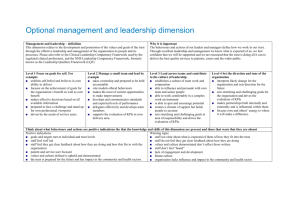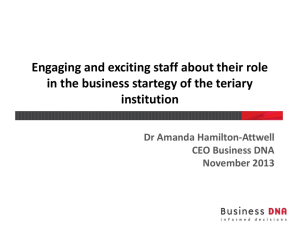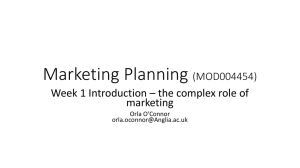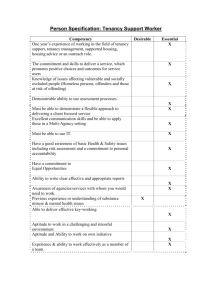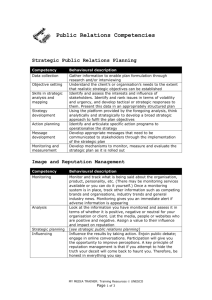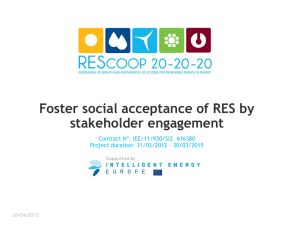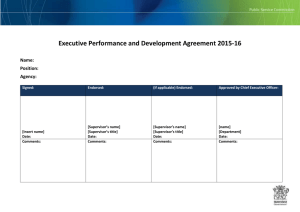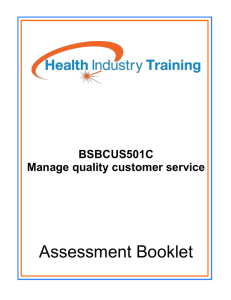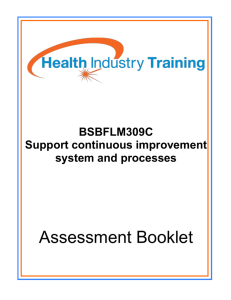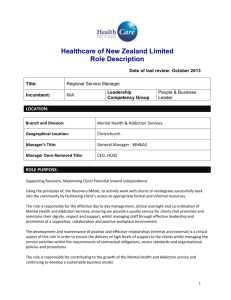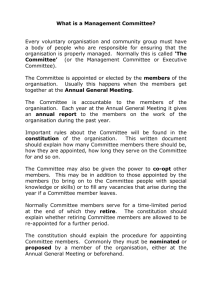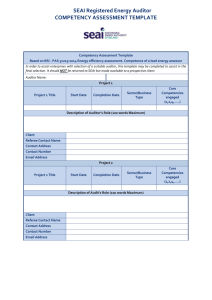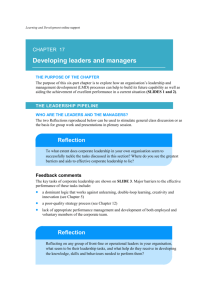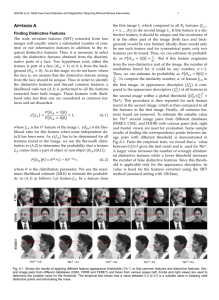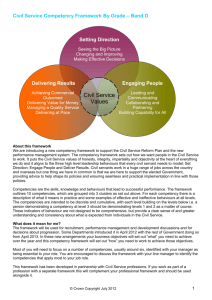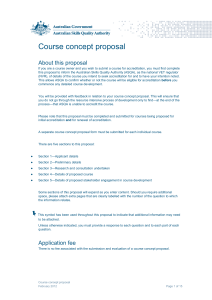CLARIFYING PLANNING PARAMETERS
advertisement
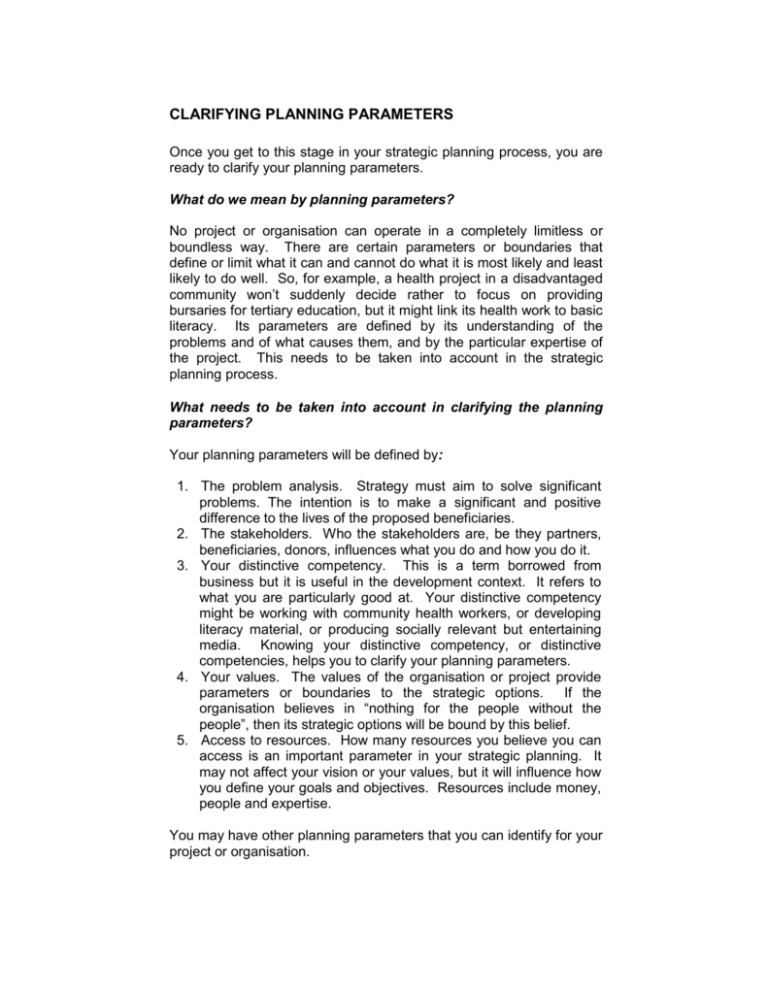
CLARIFYING PLANNING PARAMETERS Once you get to this stage in your strategic planning process, you are ready to clarify your planning parameters. What do we mean by planning parameters? No project or organisation can operate in a completely limitless or boundless way. There are certain parameters or boundaries that define or limit what it can and cannot do what it is most likely and least likely to do well. So, for example, a health project in a disadvantaged community won’t suddenly decide rather to focus on providing bursaries for tertiary education, but it might link its health work to basic literacy. Its parameters are defined by its understanding of the problems and of what causes them, and by the particular expertise of the project. This needs to be taken into account in the strategic planning process. What needs to be taken into account in clarifying the planning parameters? Your planning parameters will be defined by: 1. The problem analysis. Strategy must aim to solve significant problems. The intention is to make a significant and positive difference to the lives of the proposed beneficiaries. 2. The stakeholders. Who the stakeholders are, be they partners, beneficiaries, donors, influences what you do and how you do it. 3. Your distinctive competency. This is a term borrowed from business but it is useful in the development context. It refers to what you are particularly good at. Your distinctive competency might be working with community health workers, or developing literacy material, or producing socially relevant but entertaining media. Knowing your distinctive competency, or distinctive competencies, helps you to clarify your planning parameters. 4. Your values. The values of the organisation or project provide parameters or boundaries to the strategic options. If the organisation believes in “nothing for the people without the people”, then its strategic options will be bound by this belief. 5. Access to resources. How many resources you believe you can access is an important parameter in your strategic planning. It may not affect your vision or your values, but it will influence how you define your goals and objectives. Resources include money, people and expertise. You may have other planning parameters that you can identify for your project or organisation. Another element in the planning parameters is assumptions. Assumptions are external conditions that your project or organisation cannot control but which it assumes will exist and which are necessary to the success of the project. So, for example, a project that works with informal sector businesses may make an assumption that government will support the informal sector through legislation and regulation. To make this assumption, the organisation/project must have good reason to believe it. If it does, then this becomes one of the planning parameters: We can rely on government support at the legislative level. However, if it believes the opposite, then this also needs to be taken into account in planning, as a hindering factor. Other such assumptions might be: The economy continues to improve. Government continues with its policy of privatising state-owned businesses. Business is keen to co-operate with civil society in this matter. Laws restricting the employment of women are liberalised. There is no increase in the current levels of violence. There are no floods this year. It is important to keep monitoring the assumptions that have been made in case external circumstances change and you have to adjust your plans. (See also the toolkit on Monitoring and Evaluation). On the next page you will find an exercise you could use to help you establish what the planning parameters for your project or organisation are.



